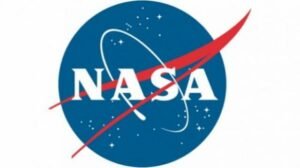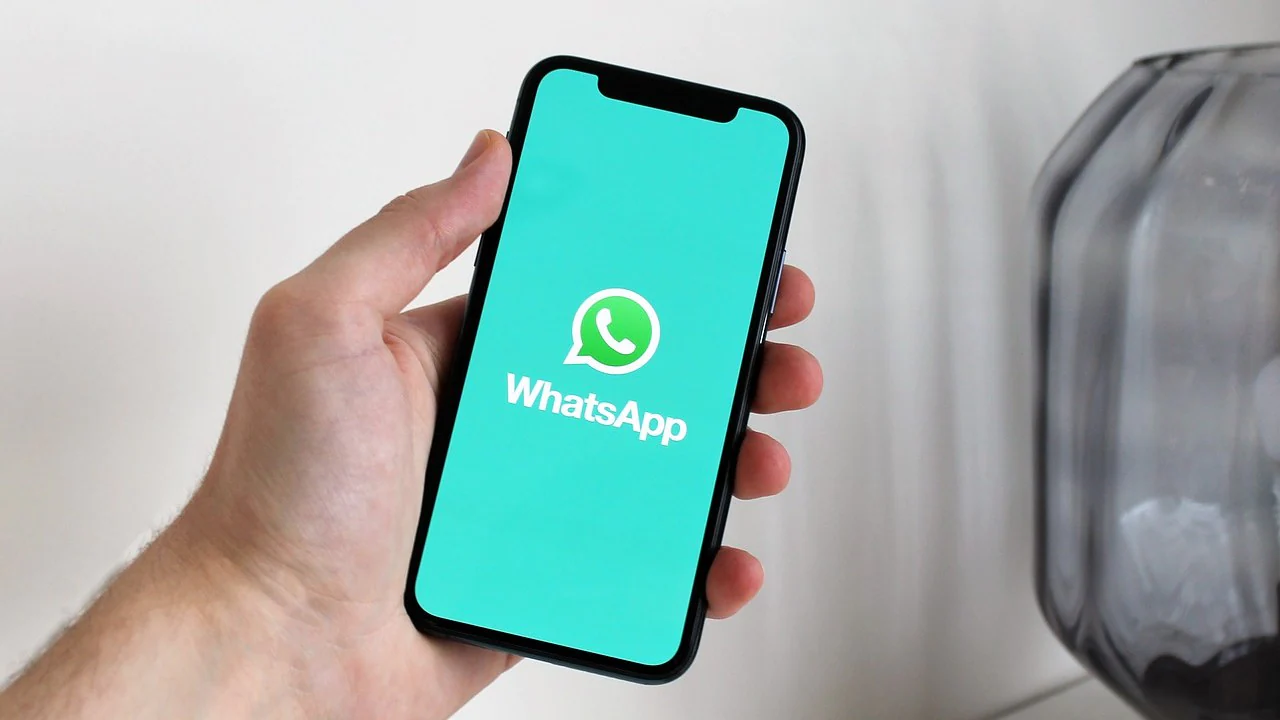Navigating the lunar surface has long posed challenges for astronauts. According to NASA, the solution to this problem is to build a ‘lunar lighthouse’ that would help astronauts guide their spacecraft.

In late February, NASA deployed Lunar Node-1, or LN-1, on the Moon in a groundbreaking experiment, marking a significant step in lunar navigation technology.
Designed to interconnect various spacecraft, including orbiters, landers, and astronauts, LN-1 acts as a network of navigational beacons strewn across the lunar landscape. This pioneering endeavor, undertaken aboard Intuitive Machines’ Odysseus lunar lander, aims to transform how missions traverse and explore the Moon.
Despite encountering setbacks, such as the Odysseus lander’s unexpected tilt upon landing, LN-1’s capabilities shone through. Following its deployment, LN-1 illuminated its beacon for a 30-minute trial period, showcasing its potential for guiding future lunar missions. While initial plans aimed for continuous transmission until February 29, LN-1 faced operational challenges due to the lander’s compromised position.
Remarkably, LN-1 played a pivotal role in aiding Odysseus’ landing after the lander’s onboard navigation system faltered. When the lander’s laser rangefinders malfunctioned just before descent, engineers swiftly repurposed LN-1’s capabilities to guide Odysseus safely to its intended landing site, underscoring the system’s adaptability and reliability in real-time mission scenarios.
Looking ahead, NASA envisions LN-1 as the cornerstone of a comprehensive lunar navigation network, facilitating seamless communication and positioning for lunar assets.
This network, integrating orbiters, landers, and future astronaut missions, promises to revolutionize lunar exploration by digitally verifying each explorer’s location relative to other components in real time.
NASA’s ambitions extend beyond the Moon, with plans to adapt LN-1 for future Martian missions. With transmission delays from Earth posing significant challenges, LN-1’s rapid data delivery capabilities could prove invaluable for navigating the Martian terrain.
Evan Anzalone, LN-1 principal investigator at NASA’s Marshall Space Flight Center, emphasizes the system’s potential to transform lunar and Martian exploration. He envisions a future where LN-1 is a guiding beacon for every mission component.
NASA’s successful testing of LN-1 heralds a new era in lunar navigation, promising enhanced safety and efficiency for future missions. As the agency continues to refine and deploy this groundbreaking technology, the prospect of sustained human presence on the Moon and beyond draws closer, propelled by the ingenuity of NASA’s pioneering endeavors.









